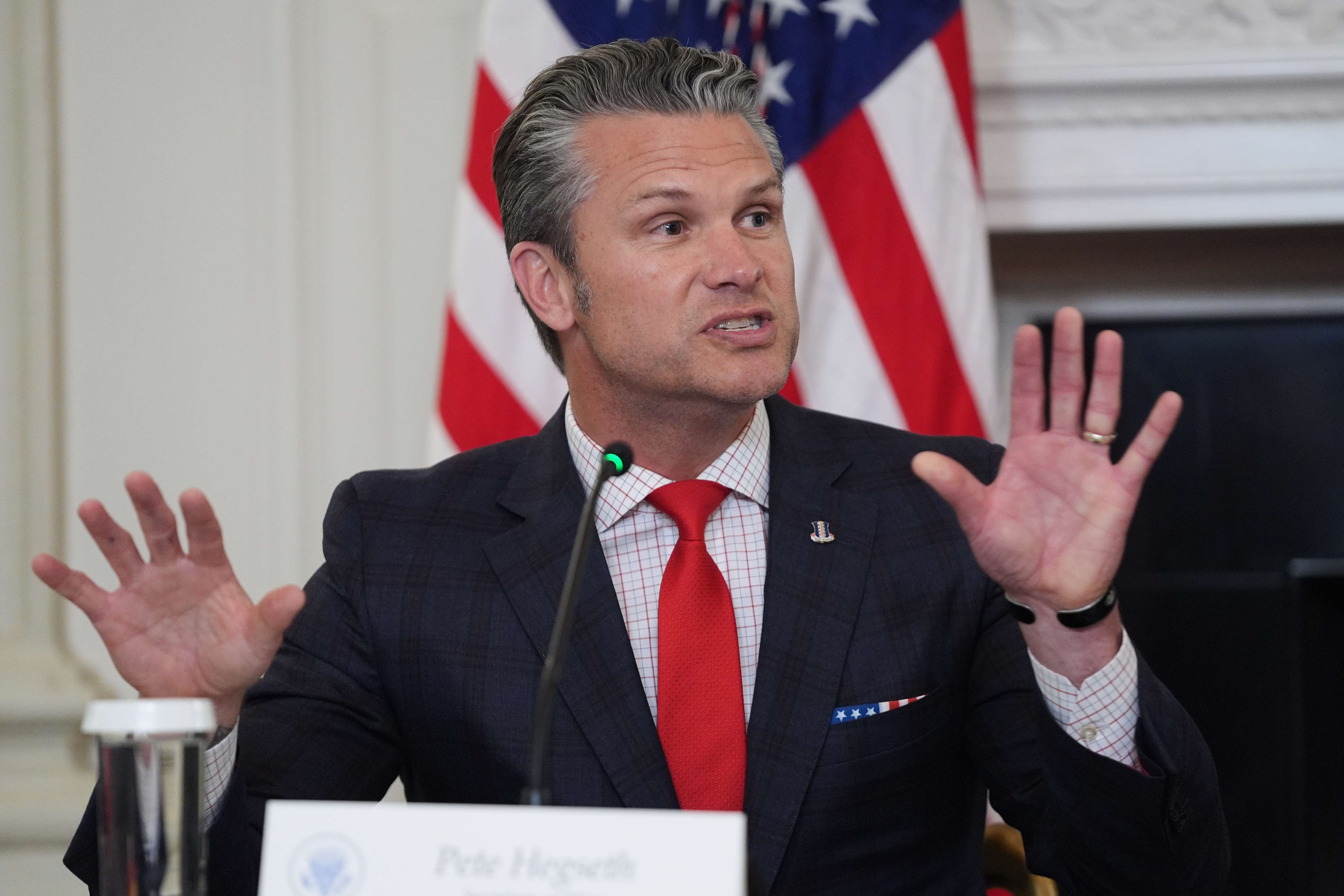What's Happening?
The White House has announced exemptions from its new 'reciprocal' tariffs, providing significant relief to the numismatic and bullion industry. According to an official fact sheet released on April 2, 2025, the policy exempts 'bullion' from duties, which
includes investment-grade gold, silver, platinum, and palladium in the form of bars, coins, and ingots. Although the fact sheet does not explicitly name individual metals, the terminology suggests that gold, along with silver, platinum, and palladium, is exempt. This policy is tied to an executive order declaring a national emergency and aligns with U.S. customs definitions that encompass all four major precious metals commonly traded in bullion form. The exemption likely ensures that gold avoids additional costs, with silver, platinum, and palladium presumed to be included under the same exemption. Copper, steel, and aluminum are also among the exemptions listed, though the primary focus for the numismatic and bullion community remains on precious metals.
Why It's Important?
The exemption of gold and other precious metals from tariffs is crucial for the numismatic and bullion markets, as it alleviates potential cost increases that could have disrupted trade and investment. Gold is widely viewed as the cornerstone of the precious metals market, and its exemption from tariffs helps maintain stability in pricing and trading. The likely inclusion of silver, platinum, and palladium under the same exemption further supports market confidence, as evidenced by the drop in premiums for platinum and palladium post-announcement. This policy provides a stable outlook for mints, refiners, and collectors amidst shifting trade policies, ensuring that the U.S. remains a competitive player in the global precious metals market.
What's Next?
Industry leaders are urged to review the fact sheet and monitor for updates that may further clarify the status of silver, platinum, and palladium. The numismatic and bullion community will likely continue to assess the implications of this policy, with potential adjustments in trading strategies and investment decisions. Stakeholders may also advocate for clearer communication from the White House to ensure all relevant metals are explicitly included in the exemption, reducing any remaining uncertainty.
Beyond the Headlines
The exemption of precious metals from tariffs may have broader implications for international trade relations, particularly with countries that are major producers of these metals. It could influence negotiations and trade agreements, as the U.S. seeks to balance domestic economic interests with global trade dynamics. Additionally, the policy may impact the regulatory environment for precious metals, prompting discussions on how best to support the industry while addressing national security concerns.

















